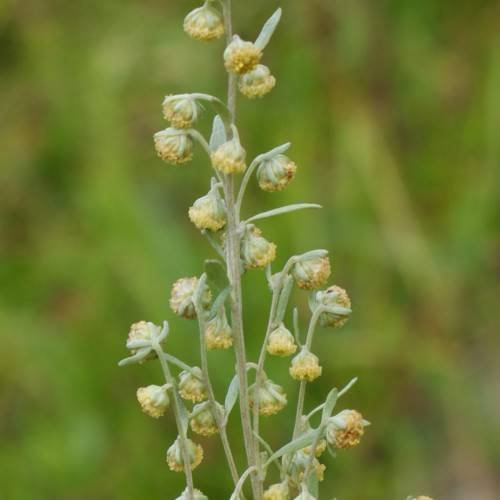
Desert Goosefoot
Chenopodium pratericola
Watering:
Minimal
Hardiness Zone:
Sun:
full sun,part shade
Leaf:
Yes
Growth Rate:
Low
Drought Tolerant:
Yes
Salt Tolerant:
Yes
Thorny:
Yes
Invasive:
Yes
Care Level:
Medium
watering
The Shiny-Seed Goosefoot (Chenopodium nitens) should be watered generously but infrequently. Aim to thoroughly moisten the soil and then allow it to dry out prior to watering again. Watering weekly is probably enough, but if the soil has become quite dry then water twice a week for 1-2 weeks until you have reestablished a regular watering routine. For best results, water the soil directly rather than pouring water over the leaves.
sunlight
The amount and timing of sunlight required by the Shiny-Seed Goosefoot (Chenopodium nitens) depends largely on the geographic region in which it is planted. In general, full sun conditions (6-8 hours of direct sun per day) provide the best growth and flowering. In areas with hot summers, some light shade may be necessary to avoid scorching and fading foliage. This species can tolerate some shade but less abundant blooming may occur. In northern regions, more sun is often needed for optimal growth and blooming. The Shining-Seed Goosefoot does not tolerate winter cold well and requires a warm, frost-free environment.
pruning
Shiny-Seed Goosefoot (Chenopodium nitens) should be pruned in late autumn or early winter, before any new growth begins. Pruning should include removing any brown and broken stems and trimming any stems that are taller than desired. Pruning should be done gently, as this plant species can be sensitive to severe pruning. Be sure to use clean pruning tools to avoid spreading disease or pests. Pruning out any dead or damaged branches can help improve the appearance of the plant and help keep it healthy.
